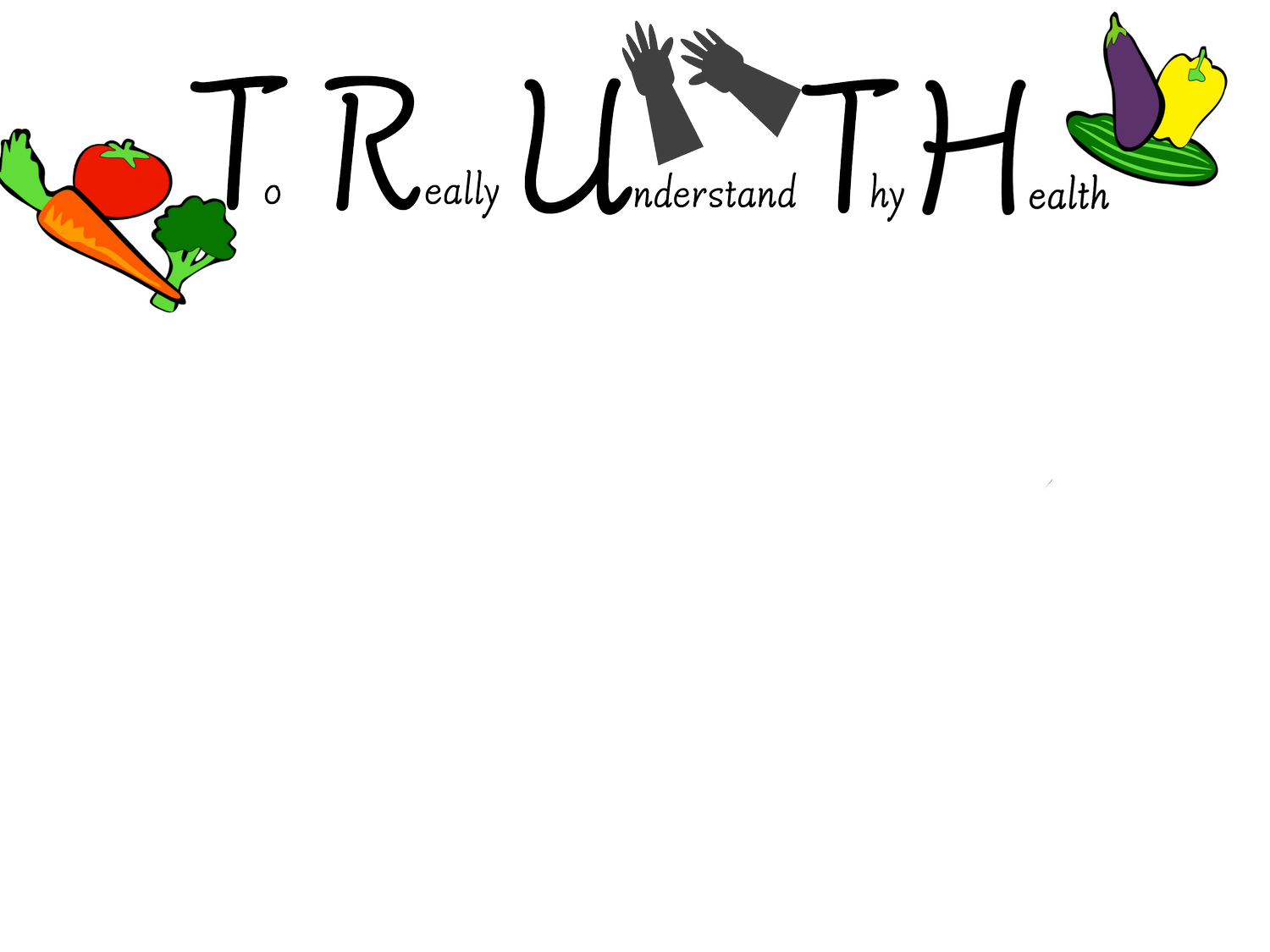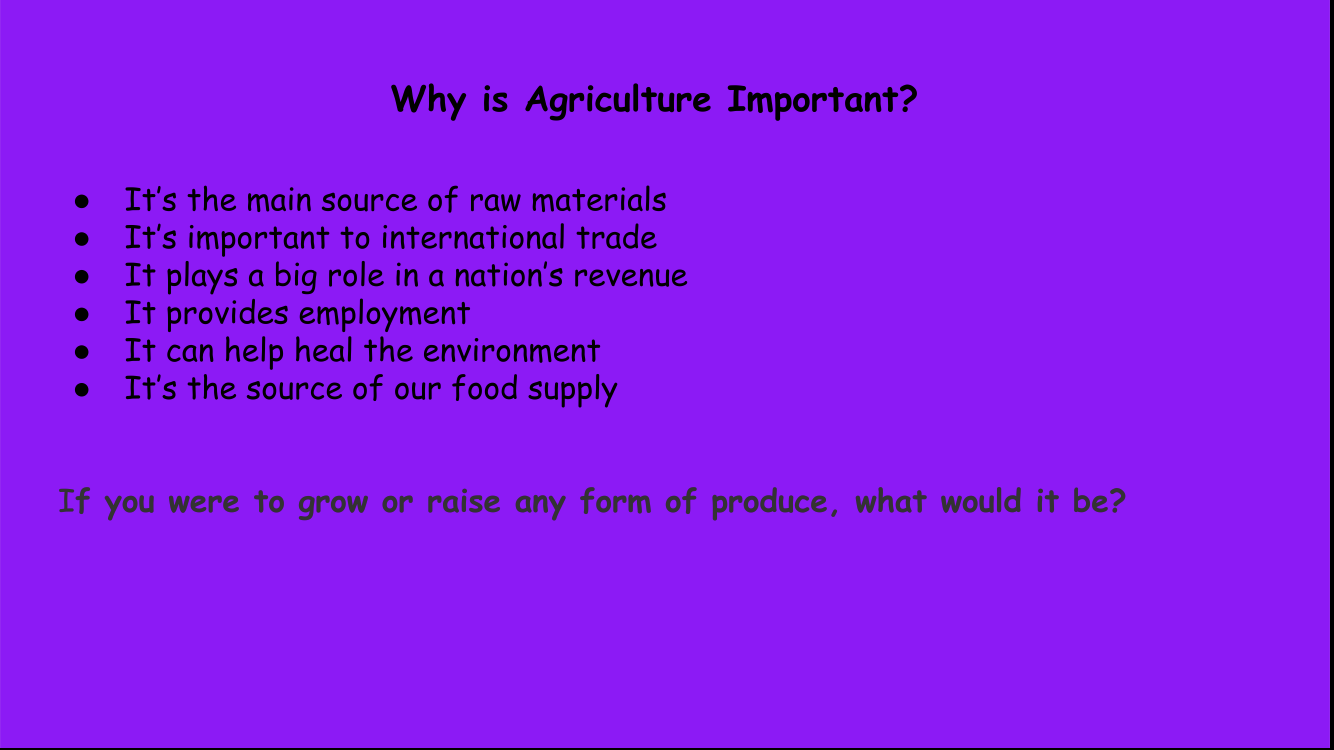Welcome to a mini lesson on emotional awareness and journaling! We’re diving into how your feelings can shape your goals, identity, and daily experiences — and how to take control of them using the Daily D.O.S.E. method:
Dopamine, Oxytocin, Serotonin, and Endorphins.
✨ We'll begin by reflecting on your future dreams and how they make you feel.
🧠 Next, you’ll learn how your emotions connect to brain chemicals and how to balance them.
👥 Then, we'll work in groups to help fictional characters manage their emotions and find solutions.
✍️ Finally, you’ll express your own feelings and create personal solutions through a journaling exercise.
Remember: The goal isn’t to focus on the problems, but to empower yourself with positive actions that support your emotional health and help you better understand YOU.
Get ready to explore your mind, own your emotions, and get your Daily D.O.S.E.!
Links:
Presentation: https://www.teacherspayteachers.com/Product/Daily-DOSE-Presentation-12709610
Lesson Plan: https://www.teacherspayteachers.com/Product/Daily-DOSE-Lesson-Plan-12709512
Activities: https://www.teacherspayteachers.com/Product/Daily-DOSE-Activities-12709585
Standards:
CCSS6.RP.A.3c: Find a percent of a quantity as a rate per 100 (e.g., 30% of a quantity means 30/100 times the quantity); solve problems involving finding the whole, given a part and the percent.CCSS6.RP.A.3d: Use ratio reasoning to convert measurement units; manipulate and transform units appropriately when multiplying or dividing quantities.CCSS7.RP.A.2b: Identify the constant of proportionality (unit rate) in tables, graphs, equations, diagrams, and verbal descriptions of proportional relationships.Link to Lesson Plan: https://www.teacherspayteachers.com/Product/Celebrating-Wayne-County-NC-Agriculture-8009414
Standards:
NGSSMS-LS2-2: Construct an explanation that predicts patterns of interactions among organisms across multiple ecosystems. Emphasis is on predicting consistent patterns of interactions in different ecosystems in terms of the relationships among and between organisms and abiotic components of ecosystems. Examples of types of interactions could include competitive, predatory, and mutually beneficial.NGSSMS-LS2-5: Evaluate competing design solutions for maintaining biodiversity and ecosystem services. Examples of ecosystem services could include water purification, nutrient recycling, and prevention of soil erosion. Examples of design solution constraints could include scientific, economic, and social considerations.NGSSMS-LS2-4: Construct an argument supported by empirical evidence that changes to physical or biological components of an ecosystem affect populations. Emphasis is on recognizing patterns in data and making warranted inferences about changes in populations, and on evaluating empirical evidence supporting arguments about changes to ecosystems.NGSSMS-LS2-1: Analyze and interpret data to provide evidence for the effects of resource availability on organisms and populations of organisms in an ecosystem. Emphasis is on cause and effect relationships between resources and growth of individual organisms and the numbers of organisms in ecosystems during periods of abundant and scarce resources.Link for Lesson Plan: https://www.teacherspayteachers.com/Product/Teaching-The-Youth-The-TRUTH-About-Seeds-8009557
Health and Wellness Color Sheets (All About Melons)
Fun, Educational, and Engaging Color Sheets that not only provide a coloring activity but the opportunity to learn different cultural facts and nutritional benefits about melons.
Celebrating a World of Flavors (National Nutrition Month)
Please use this template to engage in a fun activity to highlight various flavors of the world!
Learners are to choose a random country and complete the project using the rubric and template provided. This resource will help not only learn about the history of various countries, but their cultural recipes as well!
Please make sure to have learners research the health benefits and nutritional facts of the ingredients to celebrate National Nutrition Month as well as support of the improvement of their overall health and wellness.
CCSSRI.6.1
Cite textual evidence to support analysis of what the text says explicitly as well as inferences drawn from the text.
CCSSRI.6.2
Determine a central idea of a text and how it is conveyed through particular details; provide a summary of the text distinct from personal opinions or judgments.
CCSSRI.6.3
Analyze in detail how a key individual, event, or idea is introduced, illustrated, and elaborated in a text (e.g., through examples or anecdotes).
CCSSRI.7.1
Cite several pieces of textual evidence to support analysis of what the text says explicitly as well as inferences drawn from the text.
CCSSRI.7.2
Determine two or more central ideas in a text and analyze their development over the course of the text; provide an objective summary of the text.
CCSSRI.7.3
Analyze the interactions between individuals, events, and ideas in a text (e.g., how ideas influence individuals or events, or how individuals influence ideas or events).
CCSSRI.8.1
Cite the textual evidence that most strongly supports an analysis of what the text says explicitly as well as inferences drawn from the text.
CCSSRI.8.2
Determine a central idea of a text and analyze its development over the course of the text, including its relationship to supporting ideas; provide an objective summary of the text.
CCSSRI.8.3
Analyze how a text makes connections among and distinctions between individuals, ideas, or events (e.g., through comparisons, analogies, or categories).







































